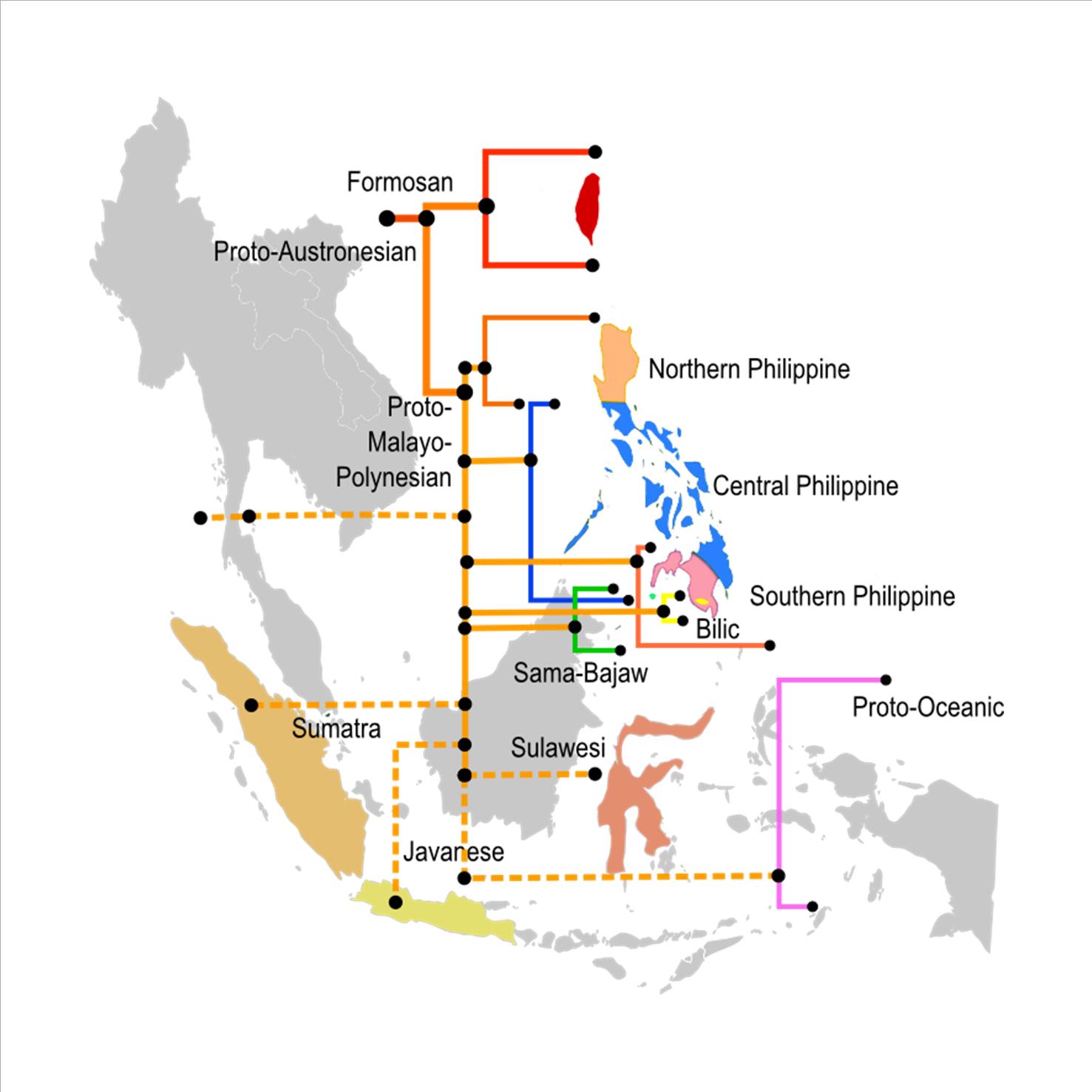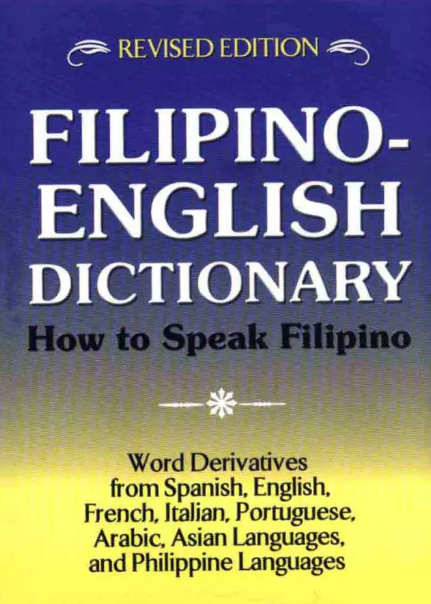Influences on the Philippine Language
Brief History of the Philippines
The Philippines is an archipelago consisting of over 7000 different islands in Southeast Asia. The Philippines has a very tropical and humid climate, with rainforests taking up a large percentage of the land. Its geography and history have led to the country becoming a cultural crossroad. Malays, Chinese, Spaniards, Americans, and native Filipinos have interacted in the past to shape the country's culture and race. Spanish and American colonization of the Philippines from 1565 to 1946 greatly influenced the country’s language, religion, and culture. As a result, the country’s culture and language is a unique mix of cultural influences. (Cullinane)
Colonization
The Spanish colonization era in the Philippines started in 1565 with Miguel Lopez de Legazpi’s expedition coming from Mexico. De Legazpi first built a permanent settlement in Cebu, and most of the country was soon under Spanish rule. The Spaniards brought together the separate island under a unified political rule, established Christianity, and built many institutions during their 333 year rule. Spanish rule ended in 1898 with the Spanish-American War and American-Filipino victory against Spain. However, the U.S. also established colonization in the country until after World War II, when Japanese forces occupied the country. In 1946, the Treaty of Manila was signed to establish the Philippines as an independent republic (Greenpeace).
Language
The Filipino government has established Filipino and English as the official language in the Philippines. Currently, more than 120 languages or dialects are spoken in the Philippines. Other than native languages, the most spoken languages in the country include English, Hokkien (Chinese dialect), Malay, Japanese, Mandarin, Tamil, and Arabic. The use Spanish has declined significantly since the end of Spanish colonization. While native Filipino languages are mostly used in their areas and across the country, English is used in government documents and is taught across the country (Pariona).
The Filipino languages are classified under the Austronesian language tree and belong to the Malayo-Polynesian branch of the tree. Prior to the introduction Spanish colonization and the use of the Latin alphabet, the Filipino languages were written in ancient script (Pariona).
Loanwords
The common use of borrowed words in the Filipino languages is very distinctive. Borrowed words from the Spanish, English, Japanese, Malay, and Chinese (Hokkien and Mandarin) are common (Pariona). Around 40% of word roots in the Filipino language are of Spanish origin. Even though the use of Spanish in the Philippines has diminished over time, Spanish words are incorporated into the Filipino language in the form of borrowed words. (Golden Screen Cinemas)
Conclusion
The Philippines has had many cultural and language influences over time, from neighboring countries in Southeast Asia due to the proximity to the U.S. and Spain because of long periods of colonization. The effects of these influences can especially be seen in the Filipino languages and their similarities to other languages such as Spanish and Malay. As a result of cultural influence and also its location in the middle of Southeast Asia , the country has become a particular cultural intersection for all of these languages and cultures.
Works Cited
Greenpeace, www.tiki-toki.com/timeline/entry/228633/Colonization-of-The-Phili
ppines/#vars!date=1581-11-27_04:14:54!
Cullinane, Michael, et al. “Philippines.” Encyclopædia Britannica, Encyclopædia Britannica, Inc., 23 Nov. 2018, www.britannica.com/place/Philippines.
Pariona, Amber. “What Languages Are Spoken in the Philippines?” World Atlas, Worldatlas, 3 Nov. 2016, www.worldatlas.com/articles/what-language-do-they-speak-in-the-philippines.html.
Golden Screen Cinemas, ipfs.io/ipfs/QmXoypizjW3WknFiJnKLwHCnL72vedxjQkDDP1mXWo6uco/wiki/List_of_loanwords_in_Tagalog.html.
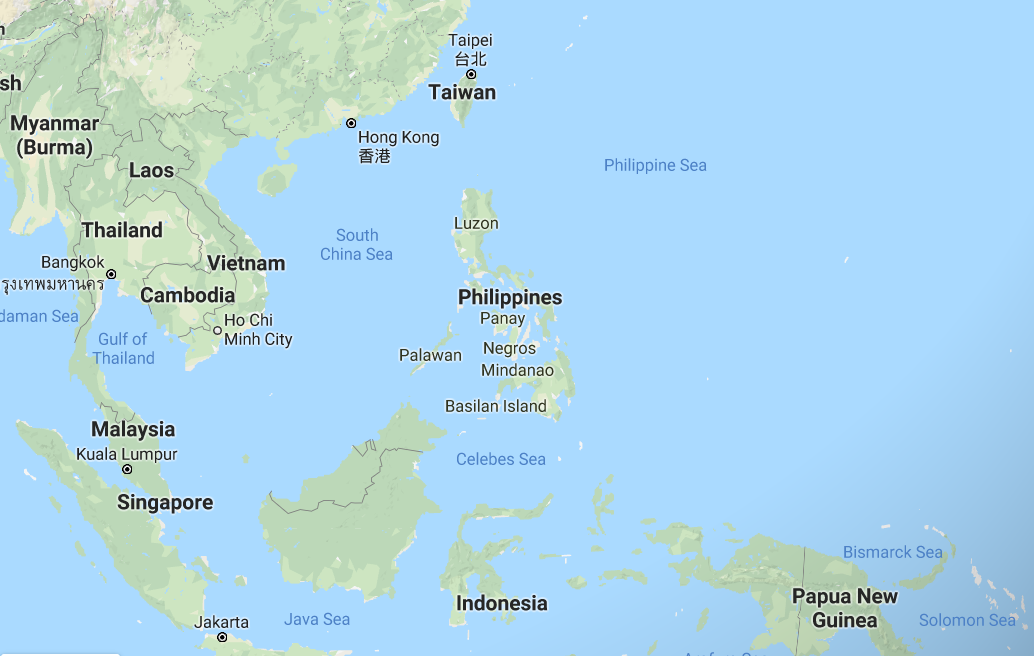
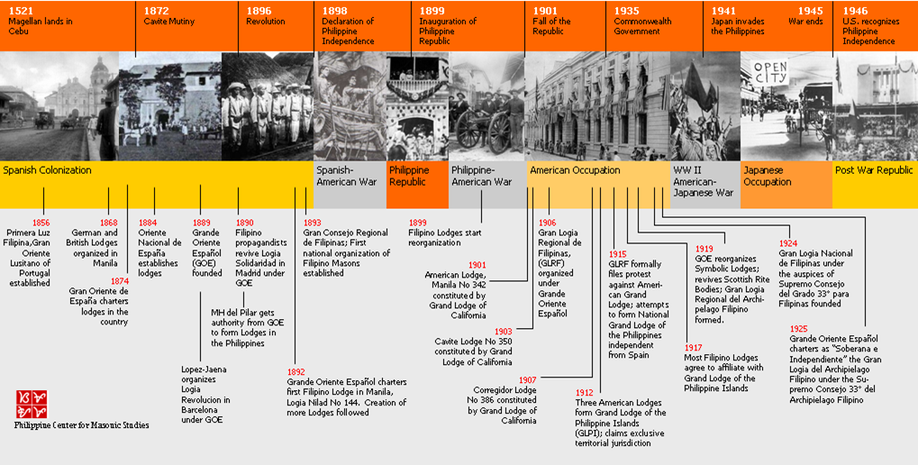
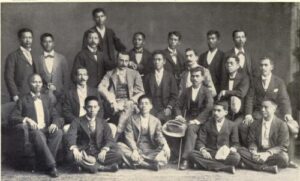

![Álbum de Filipinas Publicación: [ca. 1870]](https://decodingthearchive.northeastern.edu/wp-content/uploads/2018/12/7588587970_04a9b4542a_b-1-243x300.jpg)



